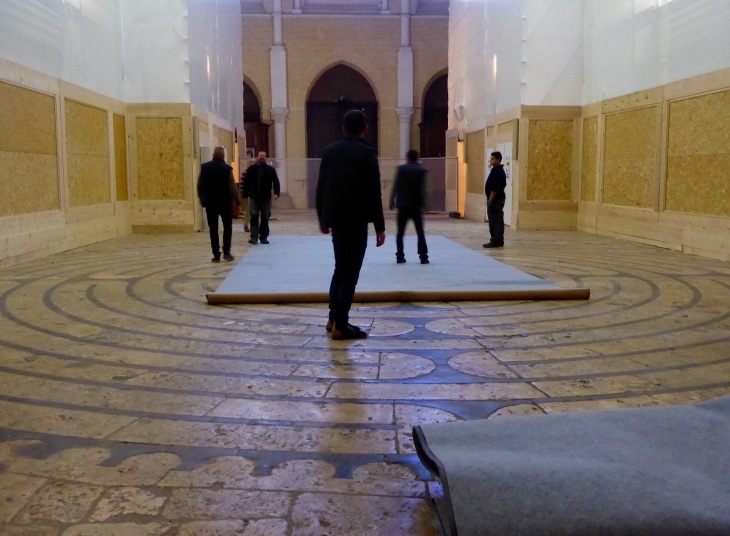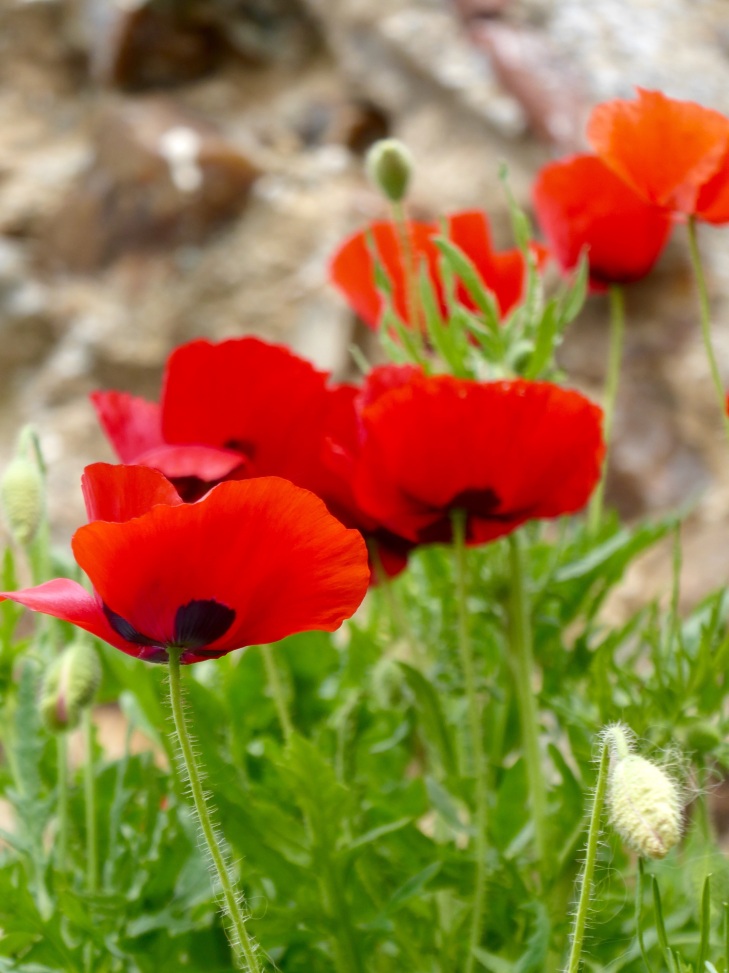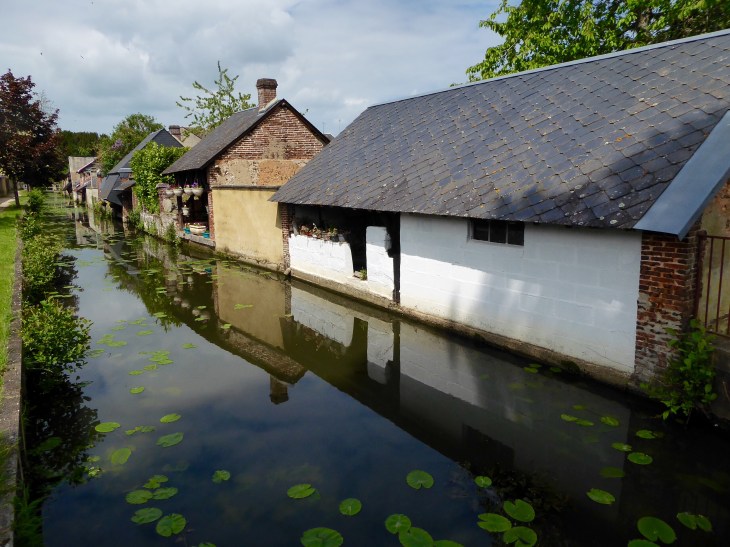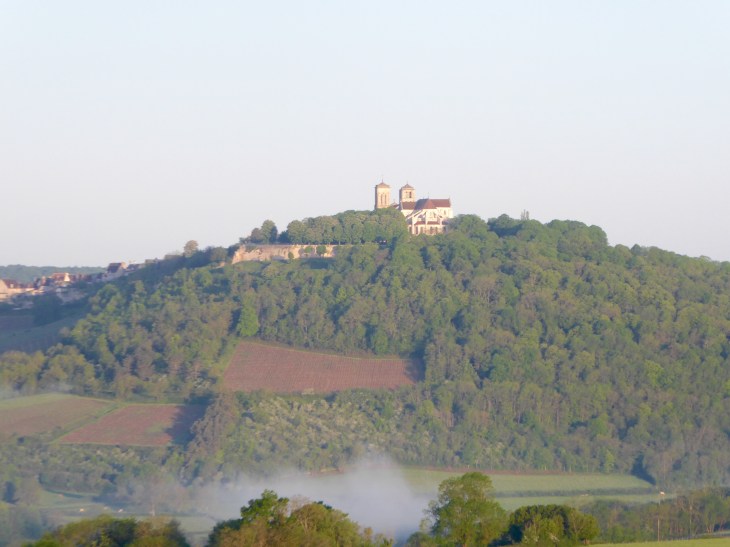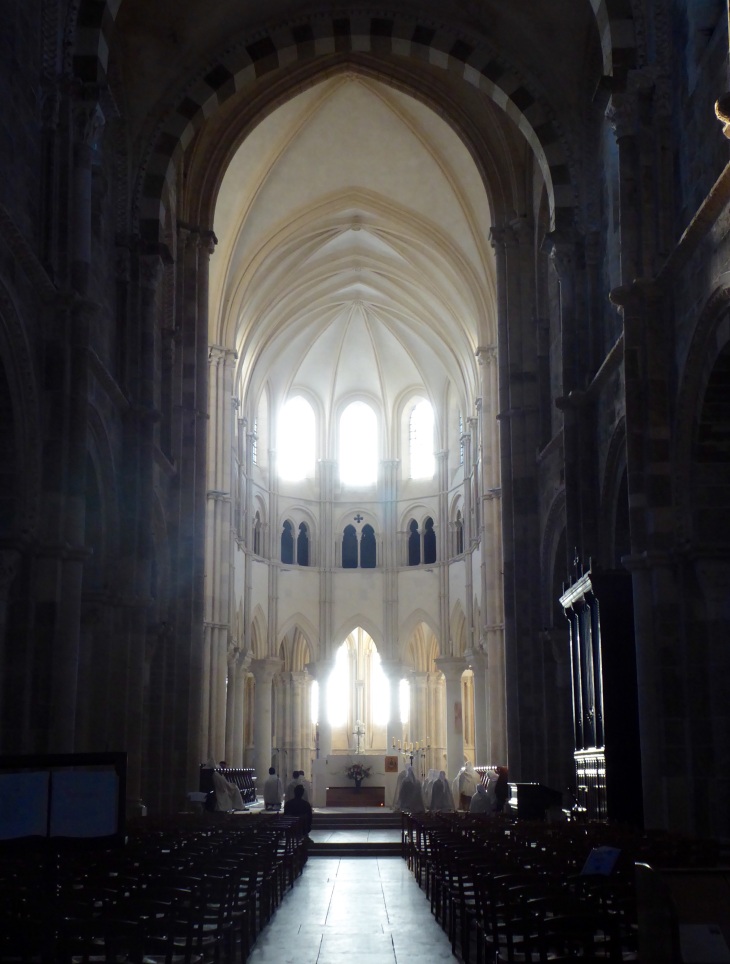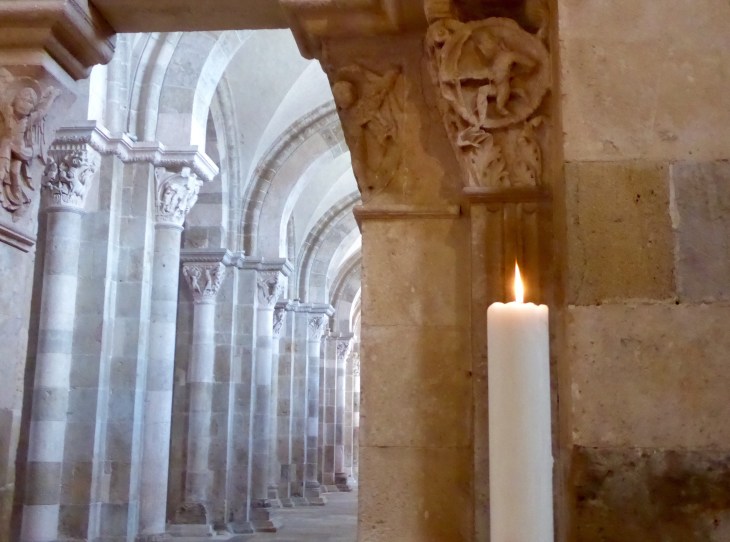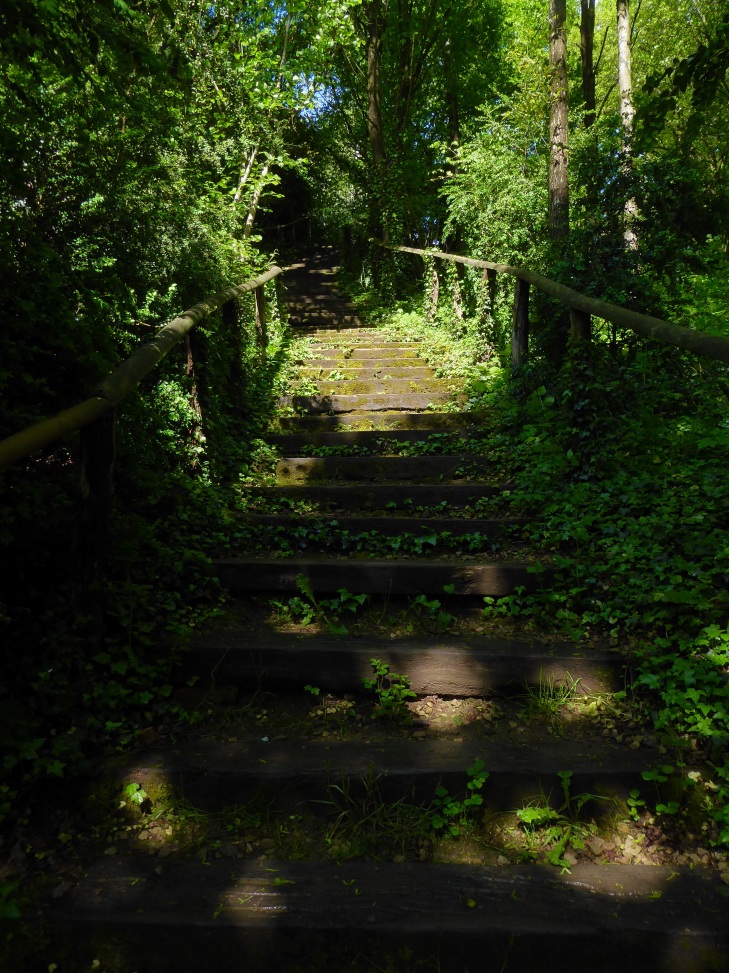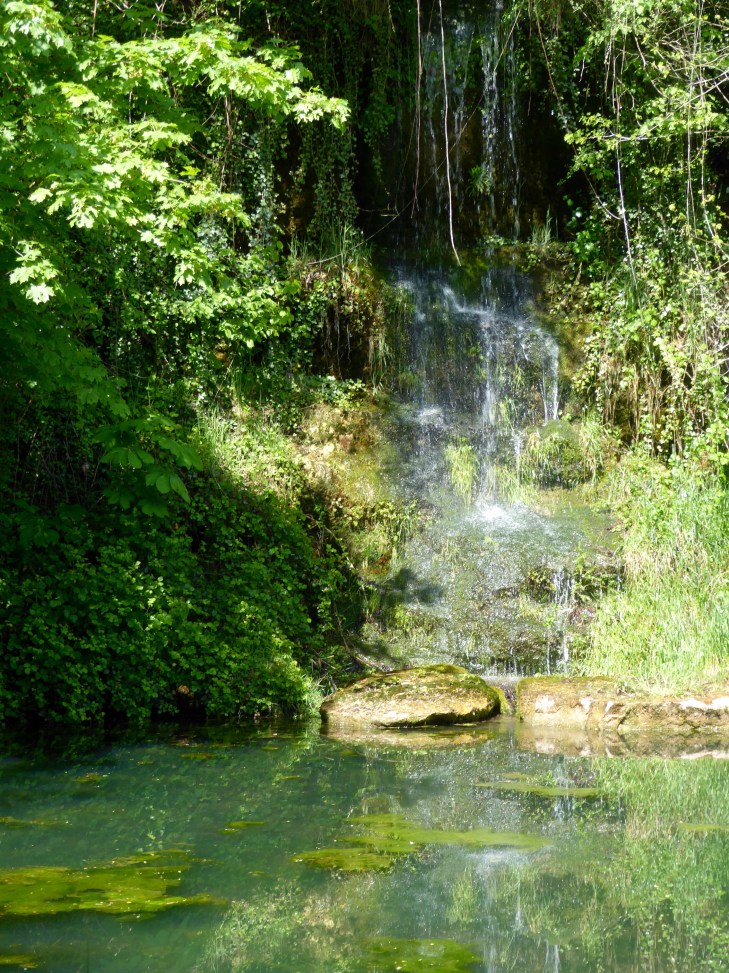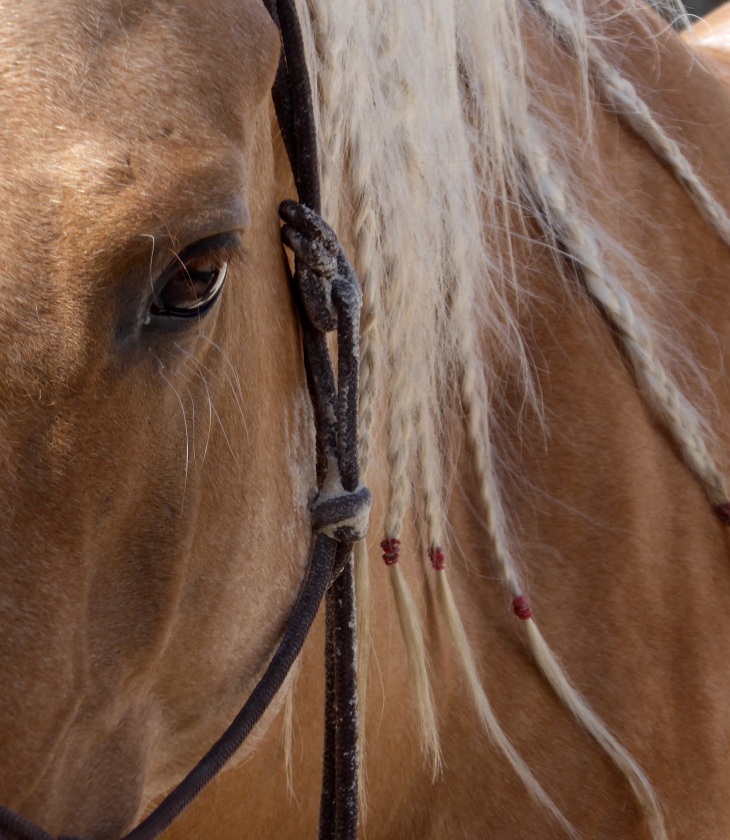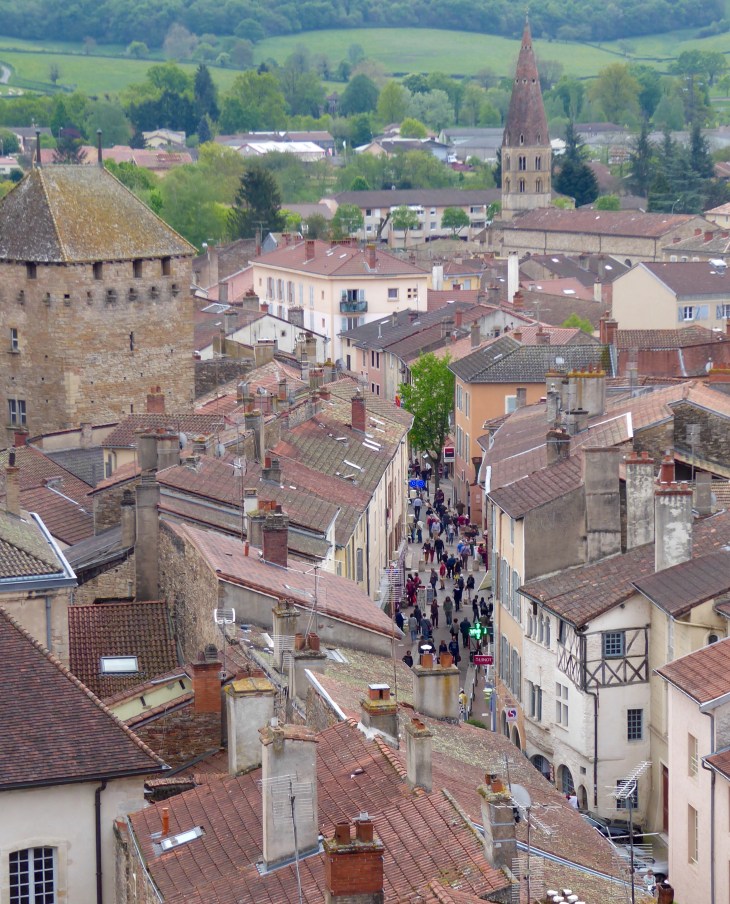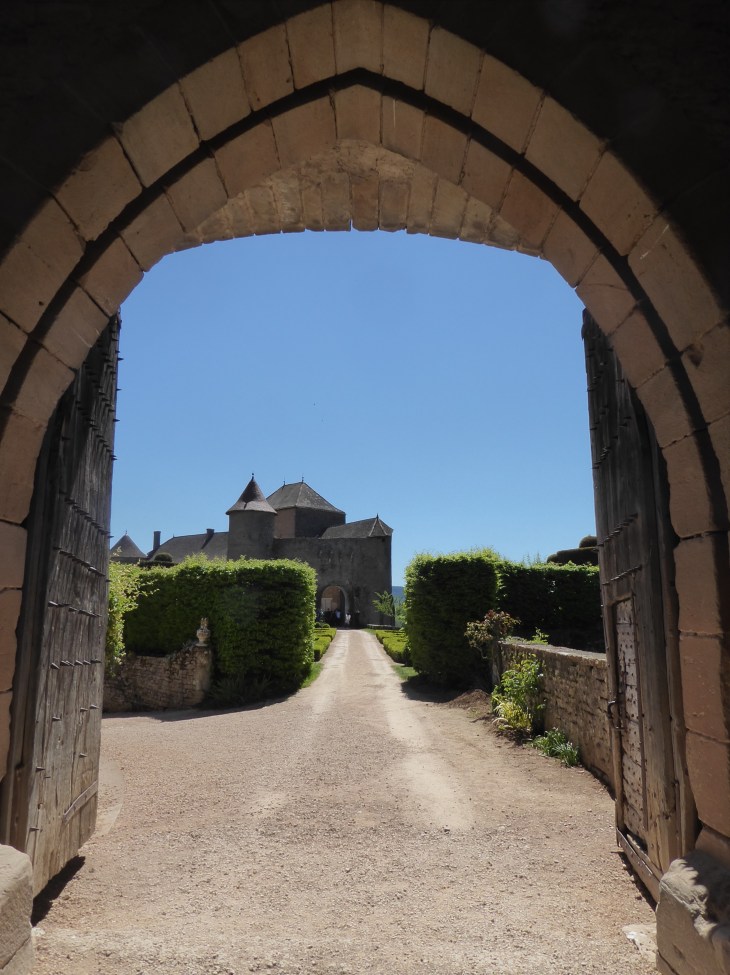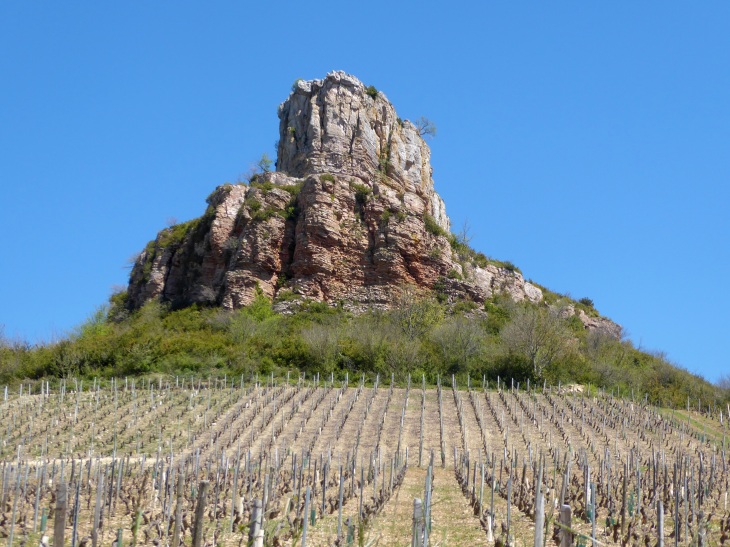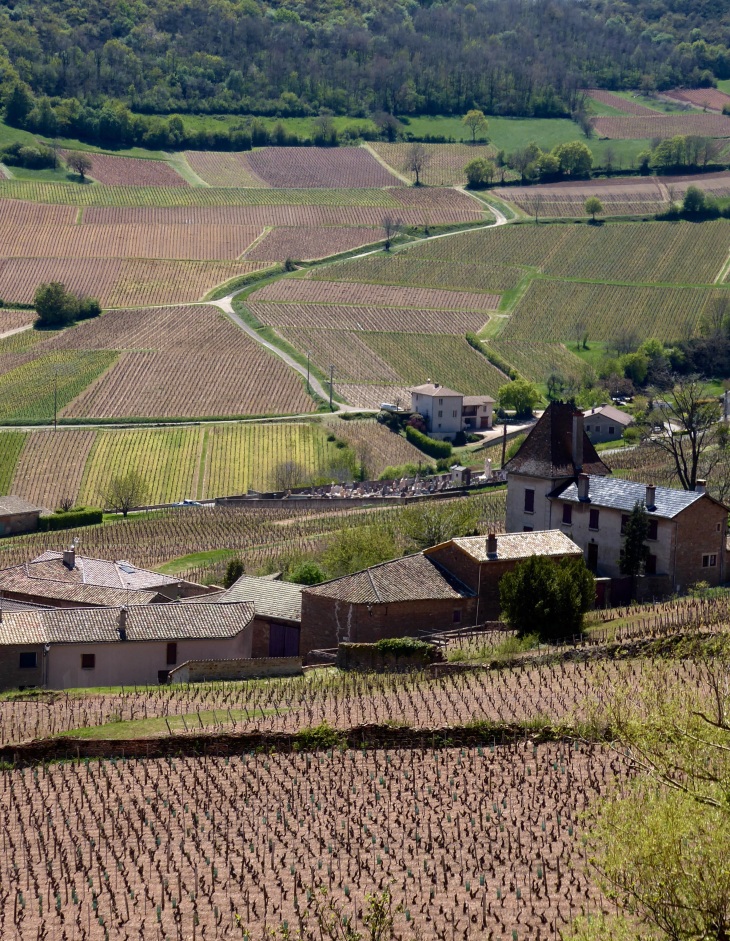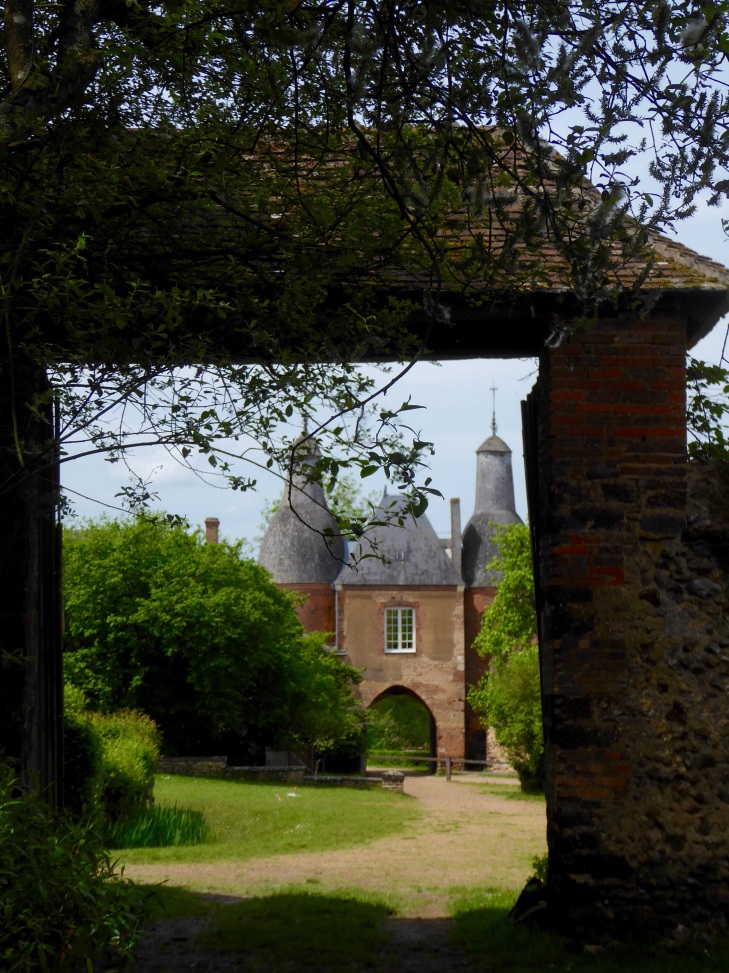

A Commanderie for the recruitment and training of the Order of the Knights Templar was founded in the early 12th century on a woody estate of 2500 acres in Arville.
Here the monk soldiers would worship, practice their skills and farm whilst awaiting their departure to the Holy Land where their main task was to guard the safe passage of pilgrims.
The Templars lived here until their arrest, decided by Philippe IV le Bel, King of France, who accused them of heresy, on Friday 13 October 1307.

